Your Pacific Crest Trail Thru-hike Is Canceled
I tried to break the news gently, but now time for willful ignorance has come to an end. The Pacific Crest Trail Association, the Continental Divide Trail Coalition, and the Appalachian Trail Conservancy have all officially requested hikers to postpone or cancel their thru-hikes (in related news, the Arizona Trail Association and the Great Divide Trail Association have done the same).
I hate to say it, but the 2020 Pacific Crest Trail thru-hiking season is canceled. But I know some of you say, “No, Mac, you’re wrong. You’re wrong; the PCTA is wrong, the governor of California is wrong, and everyone is wrong. This is all a big overreaction, and everything’s going to work out fine.”
It’s okay, friend; take a breath. Let’s go over some things, and then you can let me know if you still think a thru-hike this year is wise. This post is a little dense (and filled with sources), but I hope it conveys the current situation on the trail well.
Painting the picture
Here are some of what’s happened in the past couple of weeks. Things have only been escalating, and there’s no reason to believe we’ve reached the height of this pandemic (i.e., the worst is yet to come).
- The US State Department has issued its highest-level advisory, Level 4: Do Not Travel
- As mentioned above, the Pacific Crest Trail Association, Continental Divide Trail Coalition, and Appalachian Trail Conservancy have officially asked hikers to postpone or cancel their hikes.
- The United States has restricted travel from the United Kingdom, Ireland, China, Iran, and 29 European countries.
- The US-Canada border has been closed to all non-essential travel.
- California Governor Gavin Newsom has declared a state of emergency and issued an executive order mandating all individuals living in California to “stay home or at their place of residence except as needed to follow the federal critical infrastructure sectors.” Additionally, all closing dine-in restaurants, bars, nightclubs, entertainment venues, gyms, fitness studios, public events/gatherings, and convention centers have been ordered closed.
- Yosemite National Park is closed to all visitors – including those hiking through.
- Oregon has banned seated dining at bars and restaurants and has prohibited gatherings of more than 25 people.
- Oregon has banned camping in state parks and forests.
- Washington has ordered all bars, restaurants (for dine-in), and “places of entertainment and recreation” to close.
- California children will have the longest (and most boring) summer break ever, as schools are likely to be closed until the fall.
- California State Parks has closed all campgrounds.
- In some states, hotels have been ordered to shut down.
- Disneyland has closed (for the third time in history).

At-risk populations on the Pacific Crest Trail
The most at-risk populations for COVID-19 are those with preexisting health conditions and those over the age of 60.
In California, the percentage of people over 60 years old is 20.1%. This number is 24.2% in Oregon and 21.7% in Washington. The vast majority of major resupply towns Pacific Crest Trail hikers pass through (as reported by the PCT Resupply Survey) have a population percentage over 60 above the state average (note: this only includes towns, cities, and census-designated places – there’s an additional section addressing other resupply locations, such as lakeside resorts, below).
Below is the population percentage over 60 in each of the major resupply stops along the PCT. And remember, this is only the percentage of the population at risk because of their age and doesn’t include those with underlying conditions. For example, asthma, which may put people at higher risk of getting very sick from COVID-19, affects approximately 7.9% of the population overall.
The Desert (Southern Califonia)
- Julian, CA: 59.9% (no hospital)
- Warner Springs, CA: 53% (no hospital)
- Idyllwild, CA: 40% (no hospital)
- Big Bear, CA: 28%
- Wrightwood, CA: 19.4% (no hospital)
- Agua Dulce, CA: 22.8% (no hospital)
- Tehachapi, CA: 14.6%
- Lake Isabella, CA: 21.3%
- Ridgecrest, CA: 17.8%
Sierra Nevada
- Kennedy Meadows, CA: 57% (no hospital)
- Lone Pine, CA: 24.2%
- Bishop, CA: 32.7%
- Mammoth Lakes, CA: 10.6%
- Bridgeport, CA: 33.2% (no hospital)
Northern California
Oregon
Washington
- Trout Lake, WA: 34.4% (no hospital)
- Snoqualmie Pass, WA: 19.1% (no hospital)
- Skykomish, WA: 48.5% (no hospital)
- Leavenworth, WA: 33.7%
- Stehekin, WA: 72.7% (no hospital)
The percentages here used (for the most part) data from the United States Census Bureau. You can find out more here.

“I’m not going to be spending any time around other people on my Pacific Crest Trail thru-hike.”
I’ve seen many people cope with decisions to thru-hike by telling themselves (and others) they will “not spend any time around other people” on the trail. However, this rationale fails to acknowledge that there are a large number of bottlenecks on the Pacific Crest Trail.
These are places hikers go to (at the very least) resupply where there is only one store, one lodge, one restaurant, or sometimes even one building to facilitate all that needs to be done “in town.” These places on the PCT are (in geographic order from south to north):
- Lake Morena, CA (more information)
- Mount Laguna, CA (more information)
- Paradise Valley Cafe, CA (more information)
- Hikertown, CA (more information)
- Wee Vill Market, CA
- Vermilion Valley Resort, CA (more information)
- Tuolumne Meadows (Yosemite National Park), CA (more information)
- Kennedy Meadows North, CA (more information)
- Mazama Village Store (Crater Lake), OR (more information)
- Big Lake Youth Camp, OR (more information)
- Timberline Lodge, OR (more information)
- Shelter Cove, OR (more information)
- White Pass, WA (more information)
- Stevens Pass, WA (more information)
In addition to these places, hikers often tend to congregate at campsites and water sources (particularly in the desert when stretches between sources are longer). The idea that you’re somehow going to live in isolation for five months out on the trail is absurd (to put it lightly).

“It’s basically the flu; are we now just canceling every thru-hiking season now because of viruses?”
The problem with this argument is fairly straightforward – COVID-19 is not the flu. The flu kills, on average, 0.1% of infected persons. Early estimates of COVID-19’s fatality rate put it around 1%, but this could be lower (or higher) depending on how things play out. Regarding spreading the coronavirus, it appears each person infected infects 2.2 others – this number for the flu is 1.3. Another key difference? We have a flu vaccine; this reduces the flu’s risk to susceptible populations.
“Thousands of people die from the flu each year – why are we making such a big deal about COVID-19?”
It’s true, the flu kills thousands of people every year in the United States. This year, the CDC estimates 36 million flu illnesses, 370,000 hospitalizations, and 22,000 deaths (preliminary estimates from October 1, 2019, through March 7, 2020). Current COVID-19 counts? 14,250 confirmed cases and 205 deaths (in the US). Let’s keep in mind that the first reported case of the coronavirus in the US was on March 5 (less than three weeks ago at the time of publication). Remember, there are no treatments or vaccines for the coronavirus (the flu has a vaccine and four different antivirals approved for treatment). Infected people can only receive supportive care, which is why the number of available hospital beds and ventilators has been sure a big issue.

“I’m not hiking so that I can spend time in town and around people; I’m hiking to get away from everything and be out in nature.”
Sure, and that’s perfectly valid. People don’t say, “I can’t wait to hike the PCT and hang out with a bunch of people in town.”
The problem with this is, as mentioned above that you cannot thru-hike the Pacific Crest Trail and eliminate interactions with others along the way. Short of being fully supported for the entirety of your thru-hike (that is, having someone meet you with a vehicle to resupply you at every opportunity thus eliminating the need to go into town), human-to-human interaction in trailside communities is inevitable.
You can’t predict what’s going to happen on the trail – a late-season snowstorm, fires, flooding, landslides – your hike can be interrupted at any moment, forcing you to shelter in town while things recover. To operate under the delusion that you’re somehow immune to the uncertainty inherent to a thru-hike is completely unjustifiable.
“I will figure out a way to prevent spreading the virus when I have to go into town.”
No. No, you will not figure out a way to prevent spreading the virus. Do you know why? Because we already know how to prevent spreading the virus and it’s called “staying the fuck home“. Not passing along a virus isn’t as simple as not shaking hands and not sneezing on people.

“I’m much less at risk of spreading the virus on the trail than I am in a major city.”
First, let’s be clear: Staying home reduces your risk of spreading the virus.
So what makes shopping at a grocery store in a small town different from shopping at one in a big city? Proportionately, the number of people in stores isn’t going to vary drastically. You can likely expect to find the same number of people in the supermarket in Wrightwood (on the PCT) as you would find at Whole Foods in Los Angeles.
Seemingly every year, an outbreak of norovirus wreaks havoc up and down one of the three long-distance hiking trails in the US (the AT, CDT, and PCT). We are now in a situation where a known and contagious pathogen is quickly spreading across the globe. There’s no basis for thinking that being on the trail will somehow exempt you from contagion or contraction.
“I’ve quit my job, told everyone I know that I’m hiking, sublet my apartment, and purchased all my gear – I’m going.”
I hate to say it, but you’re not in a bad place compared to many people. At least if you’re ready for a thru-hike it means that you have some savings. The world hasn’t experienced anything like this in recent memory, and everyone, not just thru-hikers, is struggling.
At least you quit your job willingly.
Thousands of businesses have been closed across the country, and thousands more are losing income as a result. We’ve reached the point where the expectation is that you cancel your thru-hike – not that you go through with it in some misguided attempt to follow your dreams. Your dreams and the trail will be there next year; stay home, and hopefully, COVID-19 won’t be.

A Final Word
COVID-19 will not simply disappear if we all cooperate and self-isolate for a couple of weeks. This is not a storm that’s going to hit us and then disappear into the atmosphere; we can expect the recovery to a pre-COVID-19 world will be as long (but probably longer) as the descent into the madness we find ourselves in now.
To recap – the upside of going through with your hike is “I get to go on my hike.” The potential consequences are “I am responsible for propagating the spread of COVID-19 to rural and vulnerable communities and have literally put lives at risk.” If you’ve heard the word “selfish” used to describe people “going through with their thru-hikes”, now you should have a better understanding as to why.
In one future, we can look back on 2020 as “the year COVID-19 devastated the United States because we were slow to act” or “the year we all overreacted to COVID-19 and bought all the toilet paper”.
In retrospect, it won’t be possible to know if we overreacted or appropriately reacted; better safe than sorry, friends.
Stick with the toilet paper (but actually, stop hoarding toilet paper).
Communities requesting hikers stay home:
- Big Bear
- Bishop
- Mammoth Lakes
- Mono County
- South Lake Tahoe
- Truckee
Additional Resources
- Centers for Disease Control Coronavirus (COVID-19) Guidelines
- John Hopkins University COVID-19 Global Cases Map
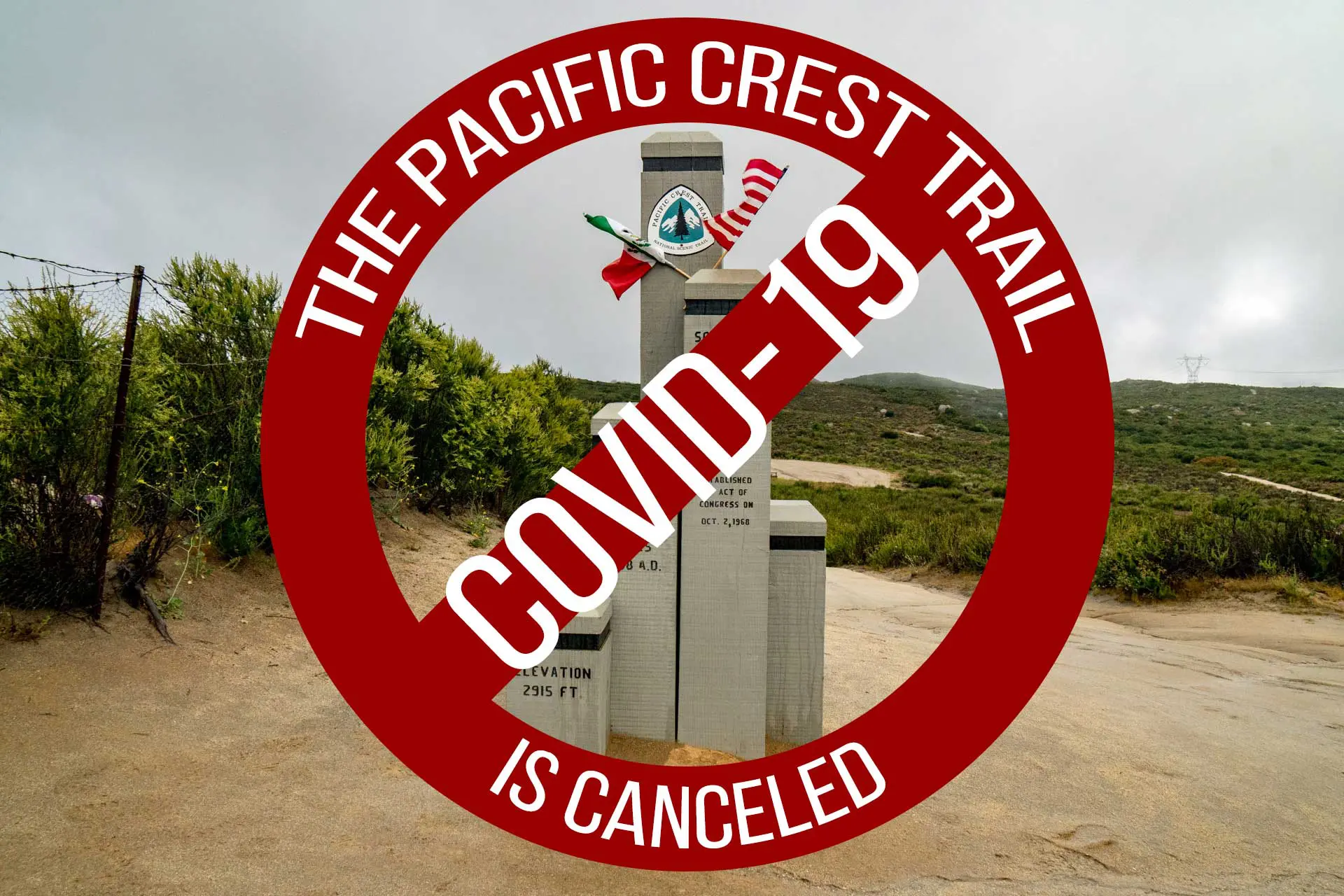
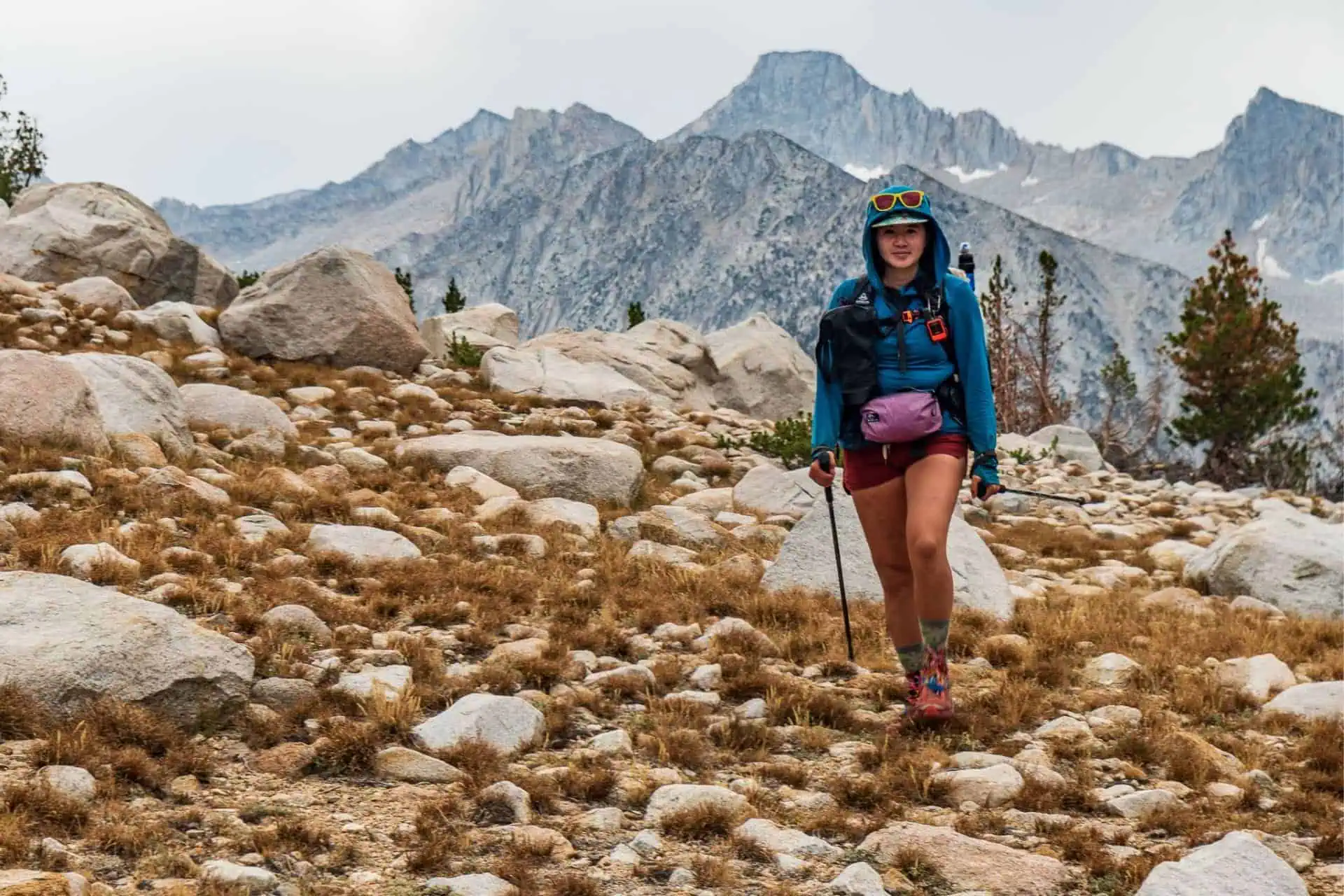
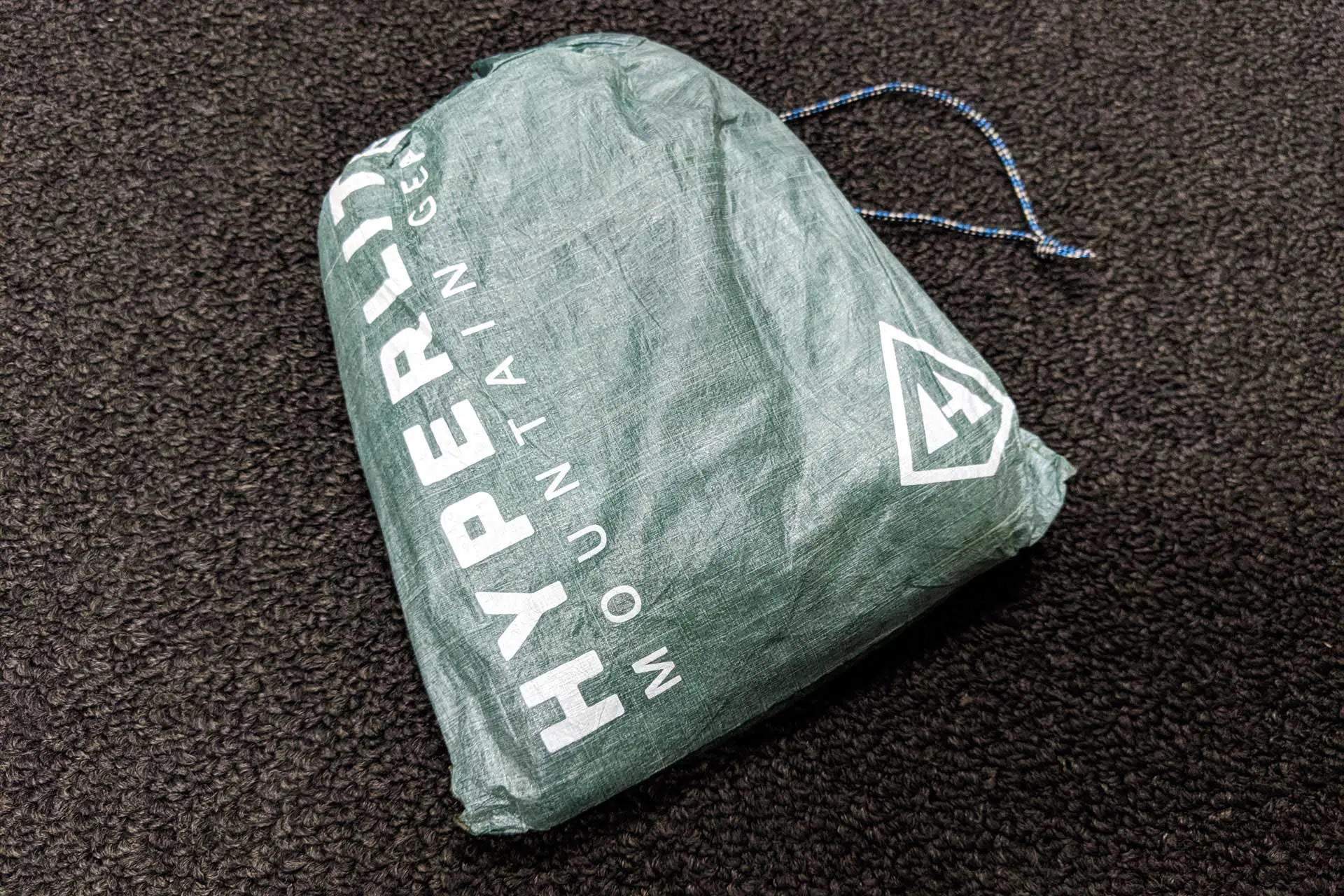


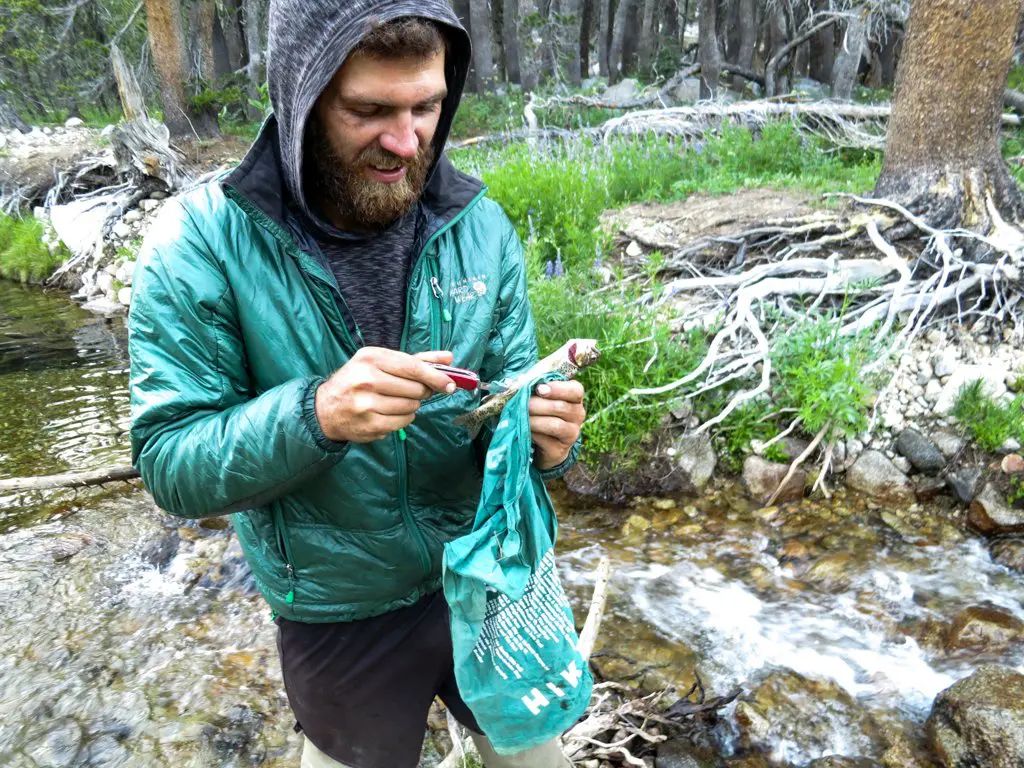
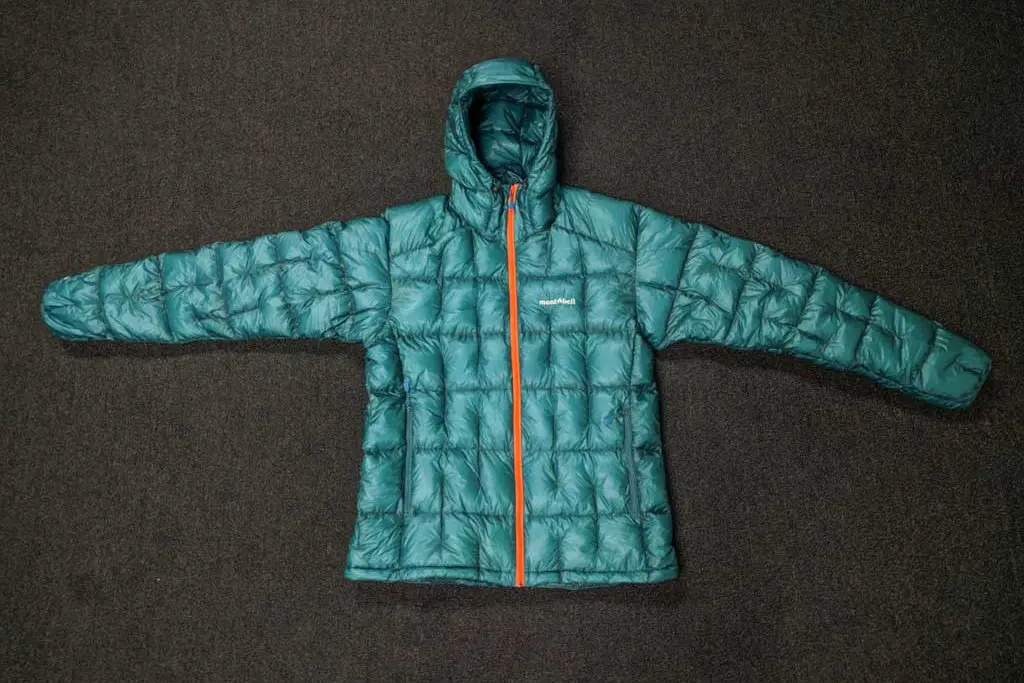
very good article thanks for sharing energetic information. i really appreciate u . you need to work more to promote your website. I read blog on daily base.
Should I do things like leave spam comments on other people’s websites?